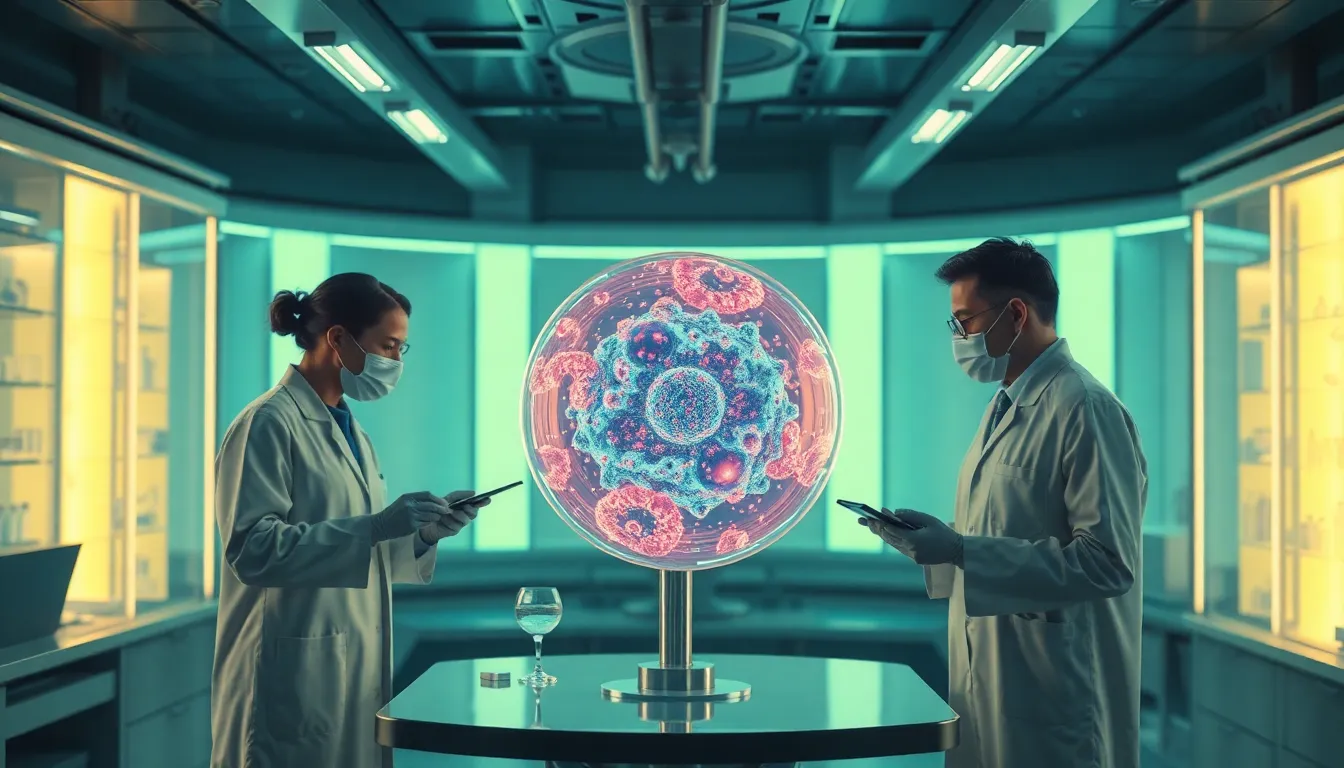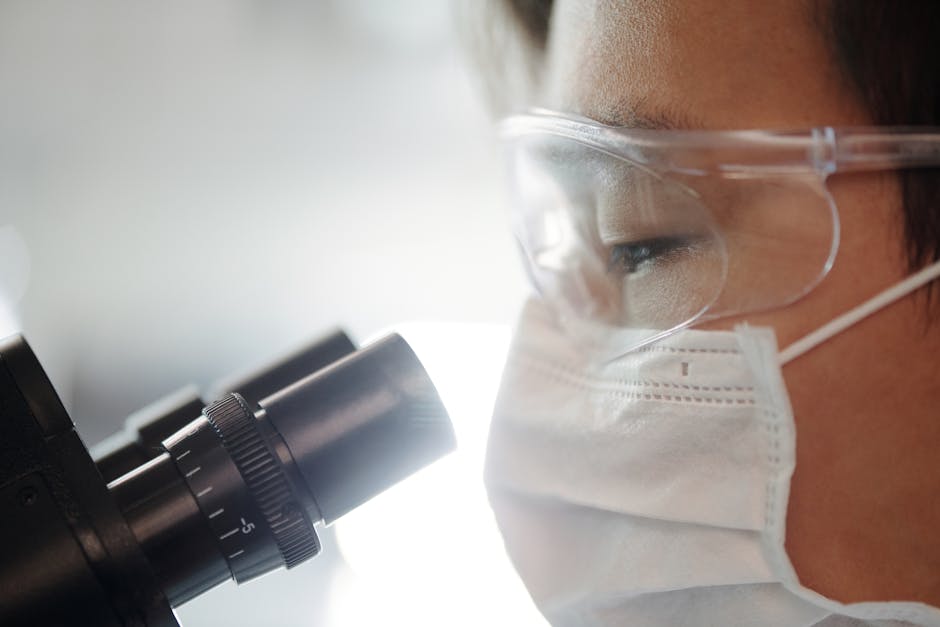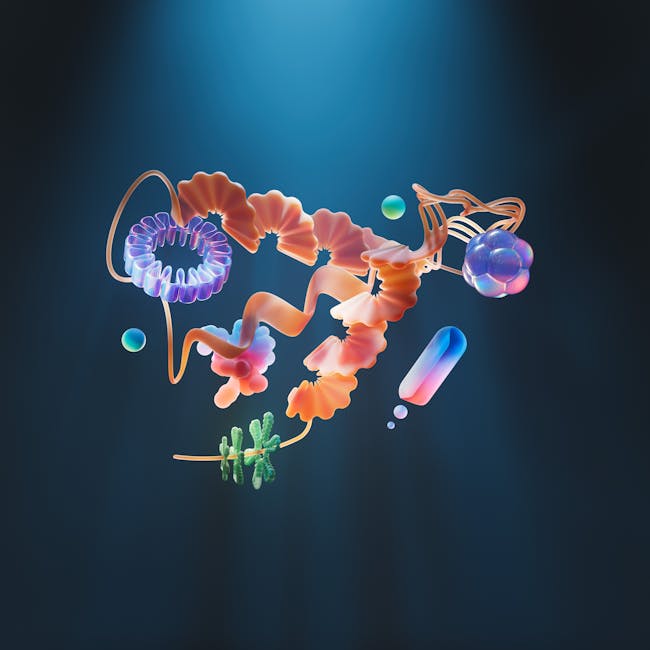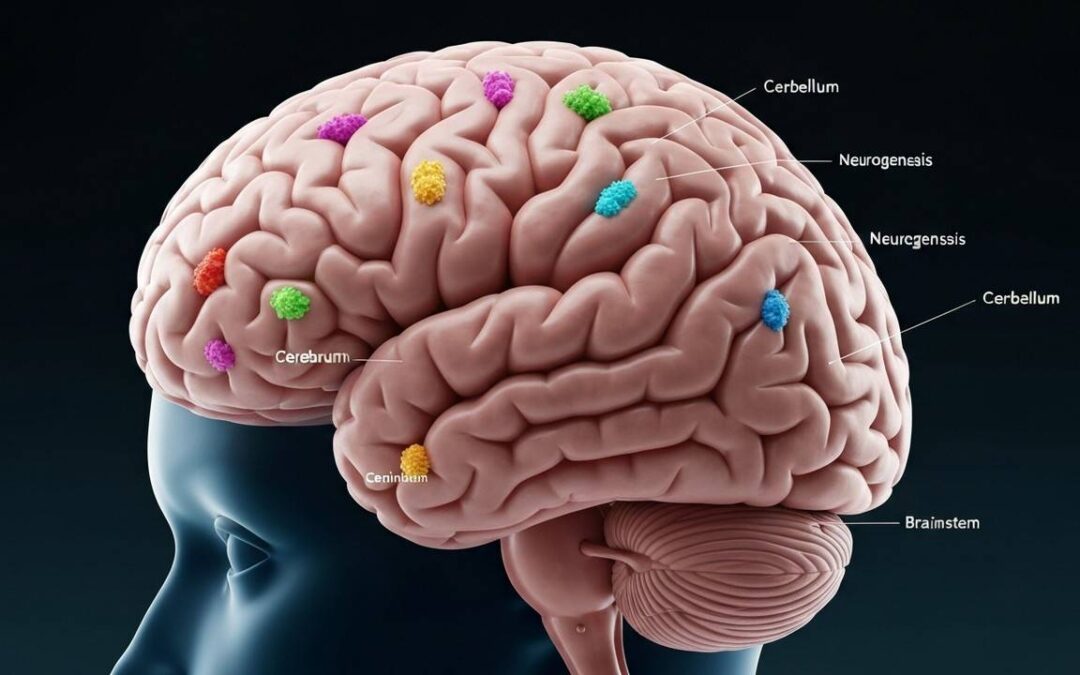Mirror life—the creation of synthetic cells built from molecules that are mirror images of those found in nature—is a fascinating frontier in biology. This concept challenges the foundations of life as we know it, raising profound scientific and philosophical questions. While still largely hypothetical, research in this area has the potential to reshape our understanding of molecular biology, evolution, and the very definition of living systems.
At the same time, mirror life presents significant challenges. Synthesizing stable mirror-image biomolecules, ensuring functional compatibility, and predicting interactions with natural organisms are formidable hurdles. The implications extend far beyond the lab: from medical applications and biosecurity concerns to debates about ethics and governance. As momentum builds, scientists and ethicists are gathering to discuss both the transformative opportunities and the potential risks of this technology, recognizing that its impact could ripple across biology, medicine, and society at large.
Table of Contents
Read More
The concept of mirror life, synthetic cells with molecules mirroring those in nature, sparks both excitement and concern. Experts are convening to address the potential dangers of this technology. Let’s delve into the implications and discuss the vital need for careful regulation.
Understanding Mirror Life
Mirror life represents a radical departure from natural biology. It involves creating synthetic cells from molecules that are mirror images of those found in nature. This means that the chirality, or “handedness,” of the molecules would be reversed.
Chirality Explained
Most biological molecules, like proteins and DNA, exhibit chirality, meaning they have a distinct left or right orientation. These molecules cannot be superimposed on their mirror images. Just as a right-handed glove fits only the right hand, chiral molecules interact only with compatible counterparts. This fundamental aspect of molecular structure is crucial for life as we know it.
Mirror-image cells would be constructed from synthetic molecules with the opposite chirality. For instance, if natural DNA is right-handed, the mirror-image version would be left-handed. Scientists are working towards this, but are still decades away from a complete cell. However, they have created mirror-image biomolecules, such as enzymes that can replicate mirror DNA and RNA.
The incentive for creating mirror-image cells includes understanding how chirality emerged in nature. Building blocks for these cells offer promise for bioengineering and therapeutic drug discovery. Researchers believe the body’s enzymes and immune systems wouldn’t readily recognize mirror-image biomolecules, making medicines more stable in the bloodstream. The FDA has already approved one such drug to treat chronic kidney disease.
This concept is not just theoretical; it’s an area of active research, driving scientists to explore new frontiers in biology. The implications, however, demand careful consideration and rigorous regulation to ensure safety and minimize potential risks. The exploration of mirror life offers a unique lens through which to view the fundamental building blocks of life.
The potential for bioengineering is immense. Mirror-image cells could revolutionize medicine, offering new ways to treat diseases and enhance human health. The ability to create synthetic life forms opens up possibilities for designing novel materials and processes. This innovation will reshape our understanding of biology and its applications.
The Risks of Mirror Life
While mirror life holds potential benefits, significant risks must be addressed. The same properties that make synthetic biomolecules effective as therapeutics could also allow mirror-image cells to spread uncontrollably. Experts are concerned about the implications if these cells were to escape and interact with the environment.
Unforeseen Consequences
With the ability to evade immune systems, medicines, predation, and viral infections, mirror-image bacteria could potentially take over the environment. Scientists can only speculate on the full extent of these consequences. There is strong evidence that these bacteria could destabilize the environment and pose significant risks to human health. This is a major concern for scientists and policymakers.
The environmental risks are substantial. Mirror-image cells could disrupt ecosystems, leading to biodiversity loss and ecological imbalances. The potential for these cells to interact with and alter existing life forms is a major concern. This could lead to irreversible changes in the environment.
The risks to human health are also considerable. Exposure to mirror-image cells could lead to new diseases and health complications. The potential for these cells to interfere with human biology is a significant concern. This requires careful consideration and stringent safety measures.
The ethical implications of mirror life are also complex. As we gain the ability to manipulate life at a fundamental level, we must consider the moral implications of our actions. This includes issues such as informed consent, environmental responsibility, and the potential for misuse. The future of this research hinges on our ability to navigate these challenges responsibly.
The potential for unforeseen consequences demands cautious research and strict regulations. The need for international cooperation is paramount. The scientific community must work together to establish guidelines and protocols for the safe development of mirror life technologies. This is crucial for protecting human health and the environment.
Regulation and the Future
The question of how to proceed with mirror life research is complex. Some believe the risks warrant abandoning the prospect. Others argue well-placed restrictions and guidelines could allow research to progress without threatening life. The debate will likely be spirited at the upcoming conference in Manchester.
Navigating the Challenges
The establishment of international guidelines and regulations is crucial. This includes defining safety protocols, establishing oversight bodies, and promoting transparency in research. The goal is to minimize risks while maximizing potential benefits.
Public engagement and education are also essential. The public must be informed about the potential risks and benefits of mirror life research. This includes providing clear and accessible information, engaging in open dialogue, and fostering a culture of responsible innovation. This is vital for building trust and ensuring societal acceptance.
The need for ongoing monitoring and assessment is paramount. This involves regularly evaluating the risks and benefits of mirror life research, adapting regulations as needed, and responding to new scientific discoveries. This dynamic approach is essential for ensuring the safe and responsible development of mirror life technologies.
The importance of international collaboration cannot be overstated. Scientists, policymakers, and stakeholders from around the world must work together to address the challenges posed by mirror life research. This includes sharing knowledge, coordinating efforts, and establishing common standards. This will accelerate progress while mitigating risks.
The future of mirror life research depends on our ability to balance innovation with responsibility. The potential benefits are significant, but the risks are real. By embracing a cautious and collaborative approach, we can ensure that the development of mirror life technologies serves humanity and protects the environment. The goal is to maximize the benefits while minimizing the risks.
Key Takeaways
Mirror life research holds both great promise and significant risks. Careful regulation, international collaboration, and public engagement are essential to navigate the challenges. The future of this technology hinges on our ability to balance innovation with responsibility.
Similar Problems
Problem 1
Describe the concept of chirality and its importance in biology. <p>Answer: Chirality refers to the “handedness” of molecules, vital for biological interactions.</p>
Problem 2
Explain why mirror-image cells could be dangerous. <p>Answer: They might spread uncontrollably, evading natural defenses.</p>
Problem 3
What are some potential benefits of mirror-image research? <p>Answer: New medicines and insights into the origins of life.</p>
Problem 4
What is the role of regulation in mirror-life research? <p>Answer: To minimize risks and ensure responsible development.</p>
Problem 5
How can international collaboration help? <p>Answer: By sharing knowledge and establishing common standards.</p>
| Aspect | Description | Implications |
|---|---|---|
| Chirality | The “handedness” of molecules (left or right). Most natural molecules are chiral. | Mirror-image cells would have the opposite chirality, potentially leading to unforeseen interactions. |
| Risks | Potential for uncontrolled spread, environmental disruption, and health hazards. | Requires careful regulation and safety protocols to mitigate potential damage. |
| Benefits | New medicines, understanding of chirality, bioengineering possibilities. | Research could lead to breakthroughs in medicine and synthetic biology. |
| Regulation | International guidelines, safety protocols, public engagement, and ongoing monitoring. | Ensuring responsible development and minimizing potential risks is crucial. |
We also Published
RESOURCES
- Confronting risks of mirror life | Science
- A new report warns of serious risks from ‘mirror life’ | Stanford Report
- Mirror life – Wikipedia
- Scientists call for discussion about “mirror life”
- Biology’s “Mirror Organisms”—And Their Dangers | Harvard Magazine
- “Mirror Life” is Still a Hypothetical. Here’s Why it Should Probably …
- Seriously, is ‘mirror life’ a near-term or even middle term possibility …
- Mirror life is a scientific fantasy leading to a dangerous reality − a …
- When left becomes right: the science of mirror life – Centre for Future …
- Mirror Life: Addressing a Potential Biothreat | Think Global Health







0 Comments